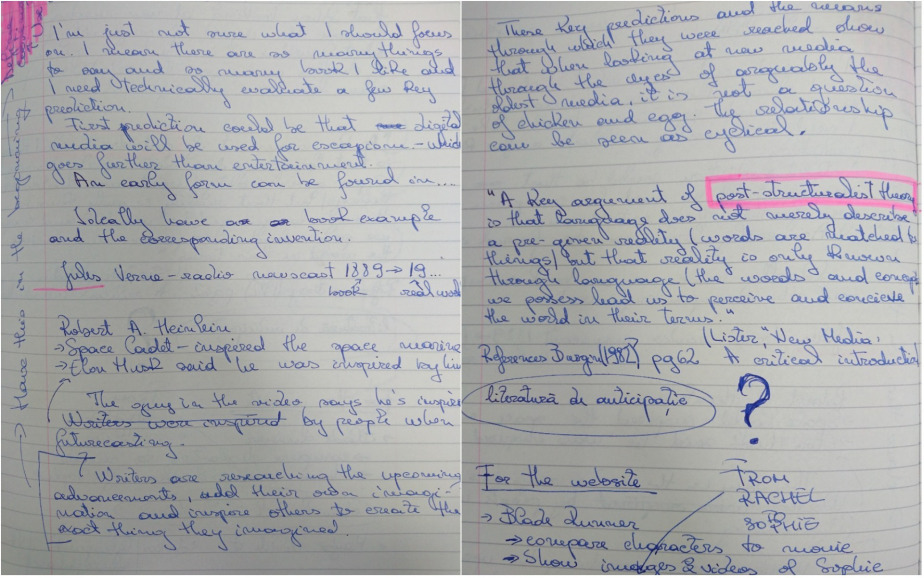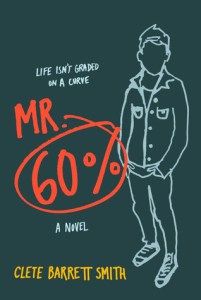Task: Discuss the influence of science fiction on the developments of digital technologies. Evaluate a few, selected, key predictions made by science fiction writers and the role of science fiction in futurecasting.
Pre-creation notes:
Purpose: The basic purpose of an essay is to develop a proposition. An essay is usually written in response to a question or proposition.
Topic: The topic of an essay is usually a question and is mostly event-based.
Nature: An essay and journal are generally subjective in nature.
Writing Tone: The essays are generally written in an educational and analytical tone.
Analysis: The essay critically analyzes the topic.
Conclusion: While writing an essay it is important to reach a conclusion.
Format: The essays usually do not need any formal format and no headings and sub-headings are used.
Writing process:
In the realm of science-fiction literature, the collective imagination has always had a close relationship to digital technologies.
Make the sentence longer. Collective imagination sounds cool.
In the realm of science-fiction literature, the collective imagination has always featured technology in general and digital technologies in particular as vital to defining the genre.
Jules Verne, the French writer often regarded as a forefather to science-fiction literature, penned an article in 1889, later attributed to his son, Michele Verne, under the title of “In the year 2889” and in this article, Verne described with unnerving accuracy what was to become radio newscasting: “Instead of being printed, the Earth Chronicle is every morning spoken to subscribers” (Verne, 1889). Not only this, but the article mentioned how everyone would own a phonograph that recorded the news for the subscriber to listen to at a more convenient time, effectively predicting 1999’s TiVo and a slew of other devices meant to save live shows when the listener is not available.
Jules Verne was a really cool guy. Was TiVo the first of its kind? What did it actually do. There’s no TiVo in Eastern Europe. There’s just The Pirate Bay.

Works of literature do not aim to be a research journal article therefore describing technology is not an end to itself but a means to show different human facets and the way characters react and interact with each other while their environment is influenced in various ways by technological advancement. The telephone makes its first appearance in Robert A. Heinlein’s “Space Cadet” (1948), alongside many other concepts that would become a mainstay of sci-fi lore, not in the least the term of “space cadet” and the idea of the interplanetary military system.
Nobody cares about the interplanetary military system. Watch the word-count.
This being said, the telephone plays no role on its own but it is mentioned sparingly as a means to show characters communicating. 65 years later,
65? That exact? Change it to decades.
Elon Musk would mention Heinlein’s work, alongside Isaac Asimov, as an inspiration for his career. Asimov’s philosophy in particular guides.
Asimov’s philosophy truly guides Musk. His Rolling Stone interview showed it so clearly, it was like reading the Foundation, he wants to be Hari Seldon. He probably will be. This is not necessary to the essay however.

Therefore, when works of science fiction are philosophical and physical foundations for the visionaries of the present, a link can be observed between those works and present day technological advancements.
This is a cyclical argument that makes little sense.
It is worth exploring the way science fiction literature intertwines with the evolution of real world digital media, as it is mo
re often than not, a symbiotic relationship.
Use this for the conclusion. Symbiosis is the main idea. Is Ouroboros too pretentious of a concept? Yes, it is.
Advertisements Share this:





